Triangles are geometric shapes that we encounter in almost every aspect of our lives, but are only interested when we see them in lessons and questions. Some triangles are called special triangles because they are constant in terms of angle degrees and side lengths. Let’s take a closer look at what special triangles are and see the highlights of each.
If you are not studying a relevant department at university or are not using it actively in your work, you may have encountered triangles while taking geometry lessons in high school. Since mathematics and geometry are generally unpopular fields in our country, what we see in these courses is actually triangles and similar shapes We do not easily realize that it appears in many different aspects of life.
Of course, in this article, we will talk about triangles in geometry, not triangles in life. Some triangles are fixed in degrees of angle and length of sides. These triangles are called special triangles. Each of them has its own immutable rules and some important features. Bride special triangles what are Let’s take a closer look and see the highlights of each.
What are special triangles?
Special triangles according to their angles
- 30 – 60 – 90 triangle
- 30 – 30 – 120 triangle
- 45 – 45 – 90 triangle
- 15 – 75 – 90 triangle
30 – 60 – 90 triangle
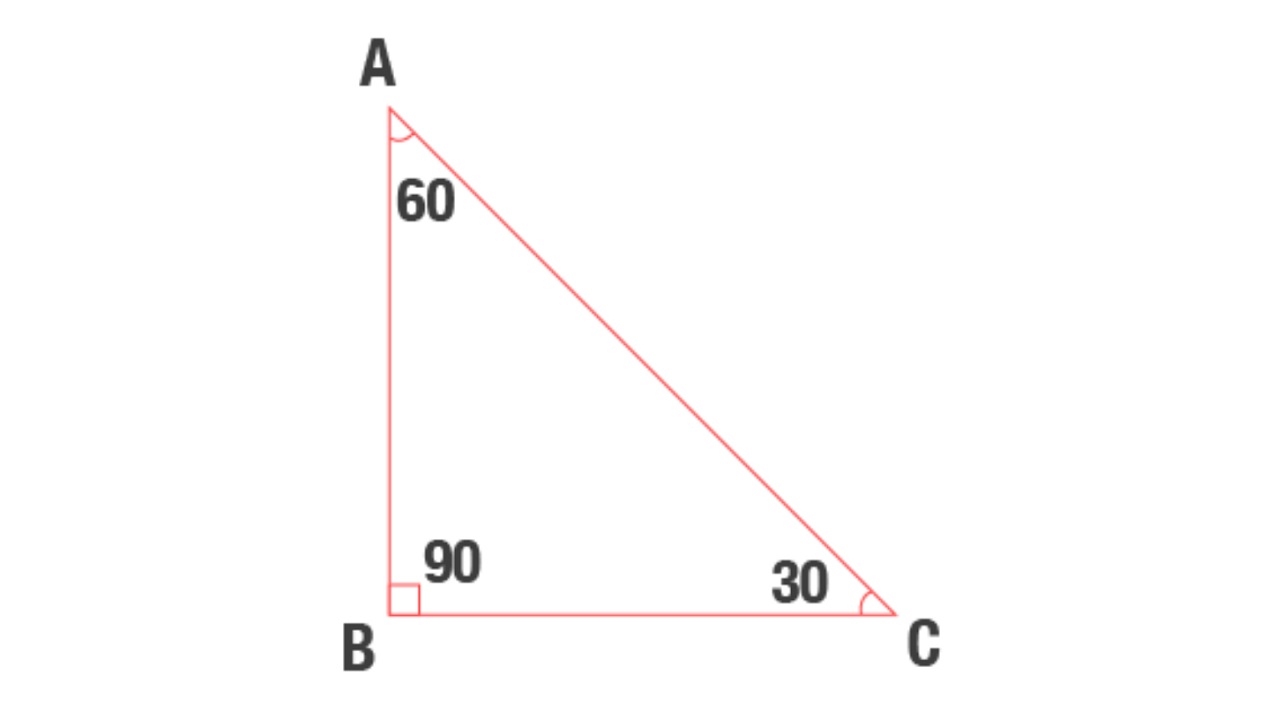
In a 30 – 60 – 90 triangle, the angle of one vertex of the triangle is 30 degrees, the angle of one vertex is 60 degrees, and the angle of one vertex is 90 degrees. The side opposite the corner with a 90 degree angle is the hypotenuse. This side is the largest side of the triangle because it faces the widest angled corner in the triangle.
30 – 30 – 120 triangle
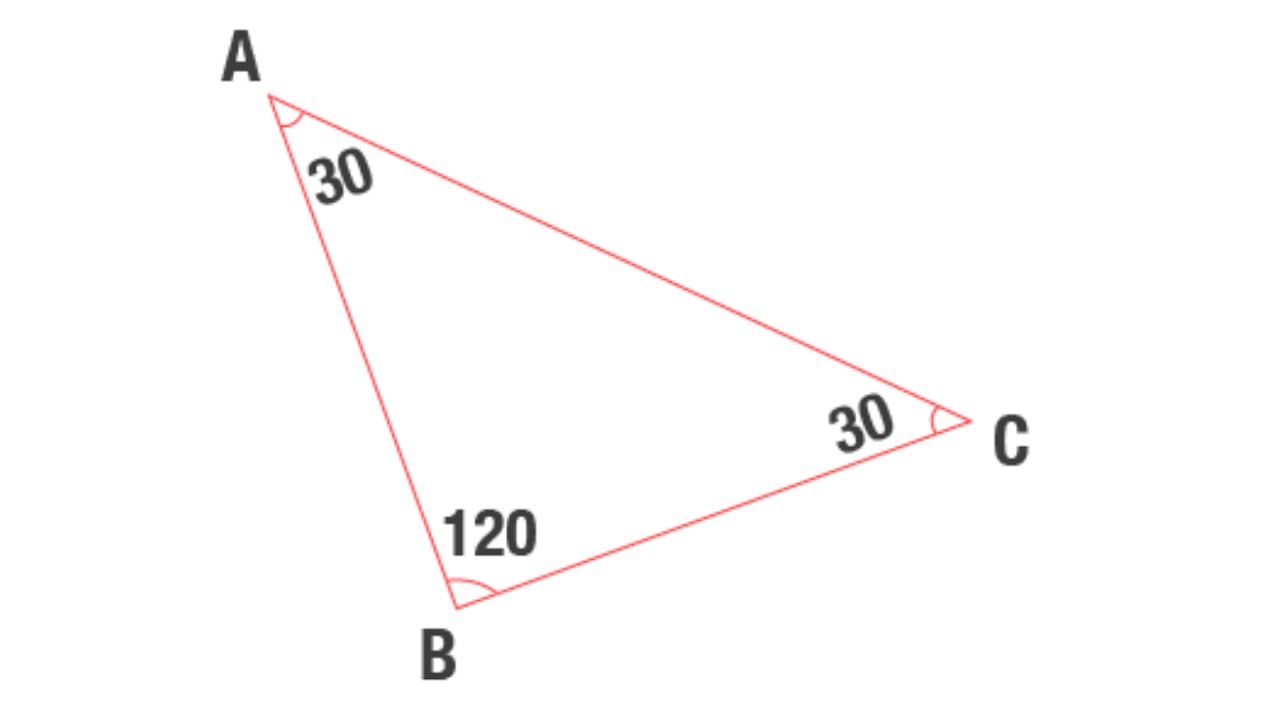
In the 30 – 30 – 120 triangle, the angle of one vertex of the triangle is 30 degrees, the angle of one vertex is 30 degrees, and the angle of one vertex is 120 degrees. In the 30 – 30 – 120 triangle, the method of finding the side opposite the obtuse angle is different. In this triangle, the √3 value is calculated for the sides opposite the vertices that have an angle of 30 degrees. The value obtained as a result of this calculation is the opposite edge.
45 – 45 – 90 triangle
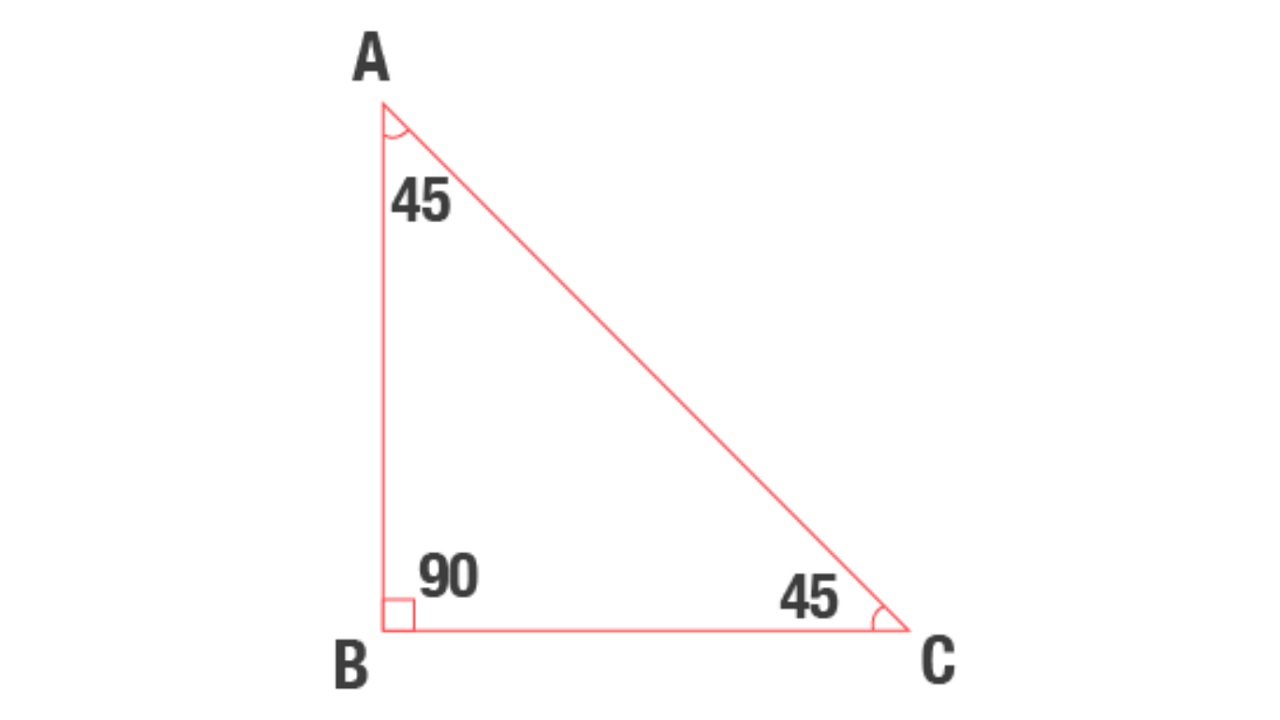
In the 45 – 45 – 90 triangle, the angle of one corner of the triangle is 45 degrees, the angle of one corner is 45 degrees, and the angle of one corner is 90 degrees. A different method of finding the hypotenuse is used in the 45 – 45 – 90 triangle. In this triangle, the √2 value is calculated for the sides opposite the vertices that have an angle of 45 degrees. The value obtained as a result of this calculation, is the hypotenuse. The 45 – 45 – 90 triangle is an isosceles triangle.
15 – 75 – 90 triangle
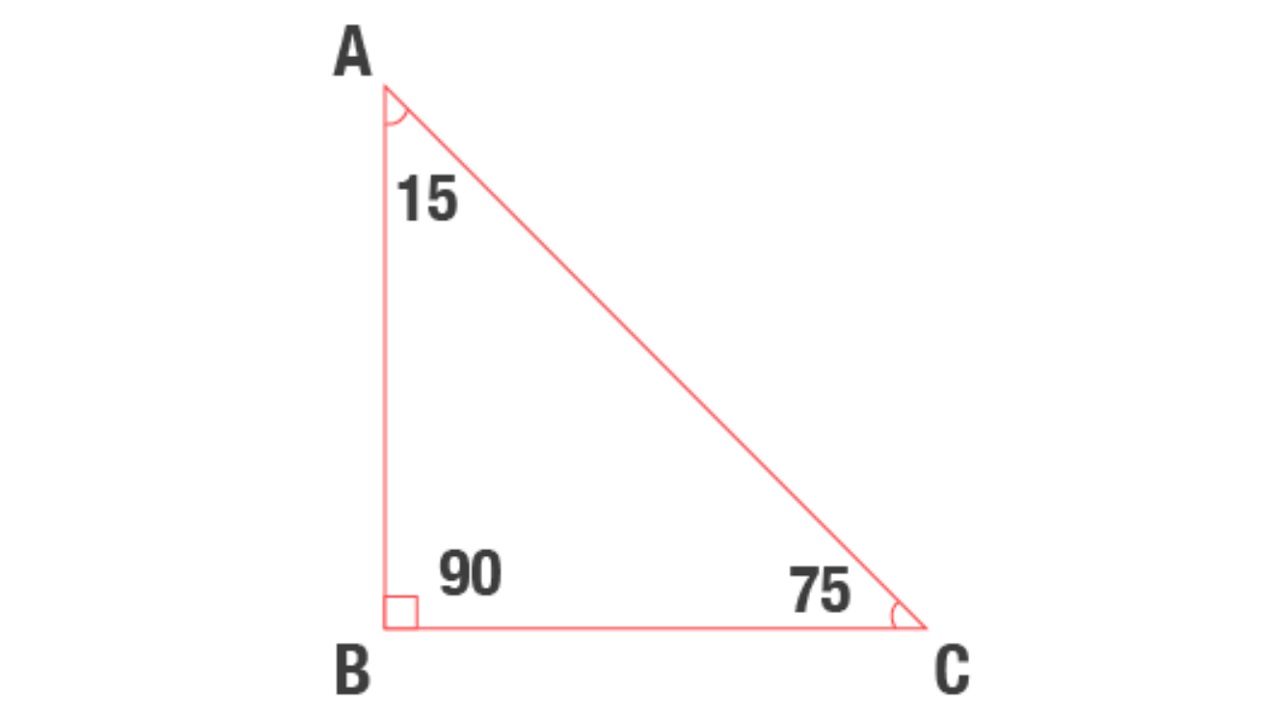
In a 15 – 75 – 90 triangle, the angle of one vertex of the triangle is 15 degrees, the angle of one vertex is 75 degrees, and the angle of one vertex is 90 degrees. In the 15 – 75 – 90 triangle, a different method of finding the hypotenuse is used. In this triangle, the hypotenuse is four times the height of the triangle. The 15 – 75 – 90 triangle is an acute angled triangle.
Triangles by their sides
- 3 – 4 – 5 triangle
- 8 – 15 – 17 triangle
- 5 – 12 – 13 triangle
- 7 – 24 – 25 triangle
- isosceles triangle
- Equilateral triangle
3 – 4 – 5 triangle
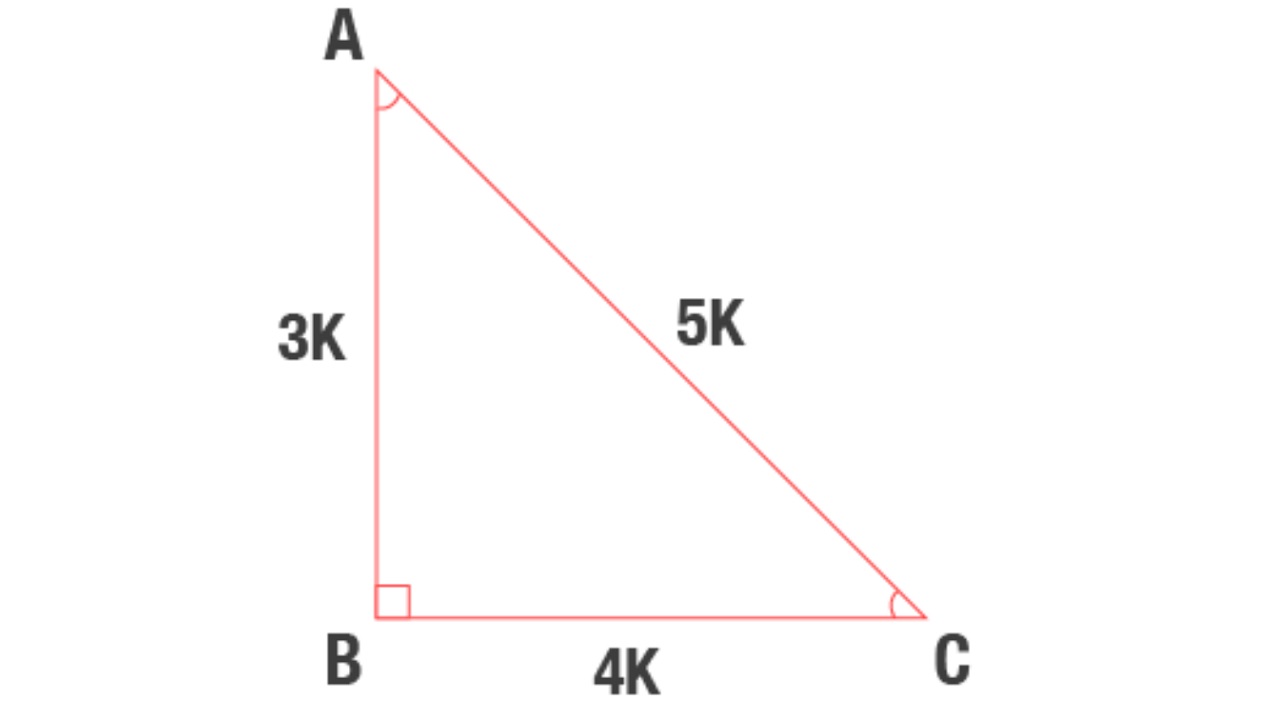
In a 3 – 4 – 5 triangle, the length of one side of the triangle is a multiple of 3 and 3, the length of one side is a multiple of 4 and 4, and the length of one side is a multiple of 5 and 5. Regardless of the lengths, the lengths of the triangle 3 – 4 – 5 are always multiples of these numbers. angles in 3 – 4 – 5 triangle; 36.87 degrees, 53.13 degrees and 90 degrees.
8 – 15 – 17 triangle
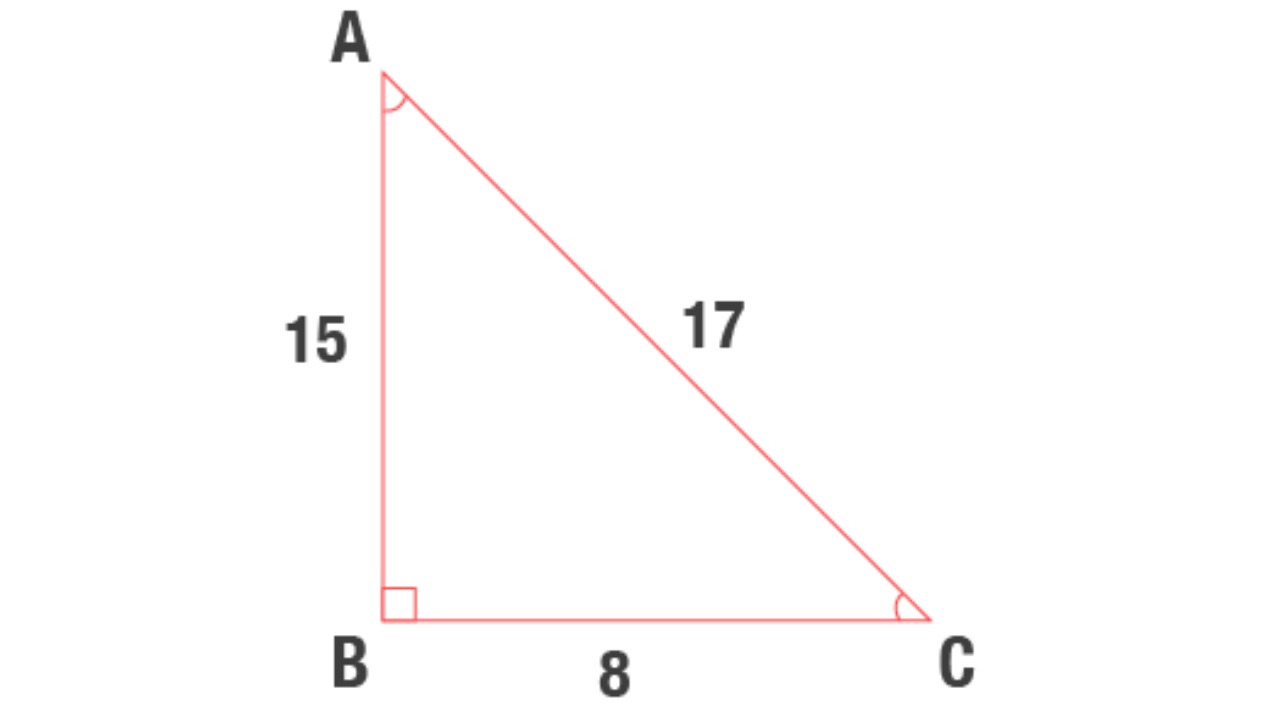
In the 8 – 15 – 17 triangle, the length of one side of the triangle is a multiple of 8 and 8, the length of one side is a multiple of 15 and 15, and the length of one side is a multiple of 17 and 17. Length measurements no matter what, lengths in triangle 8 – 15 – 17 are always multiples of these numbers.
5 – 12 – 13 triangle
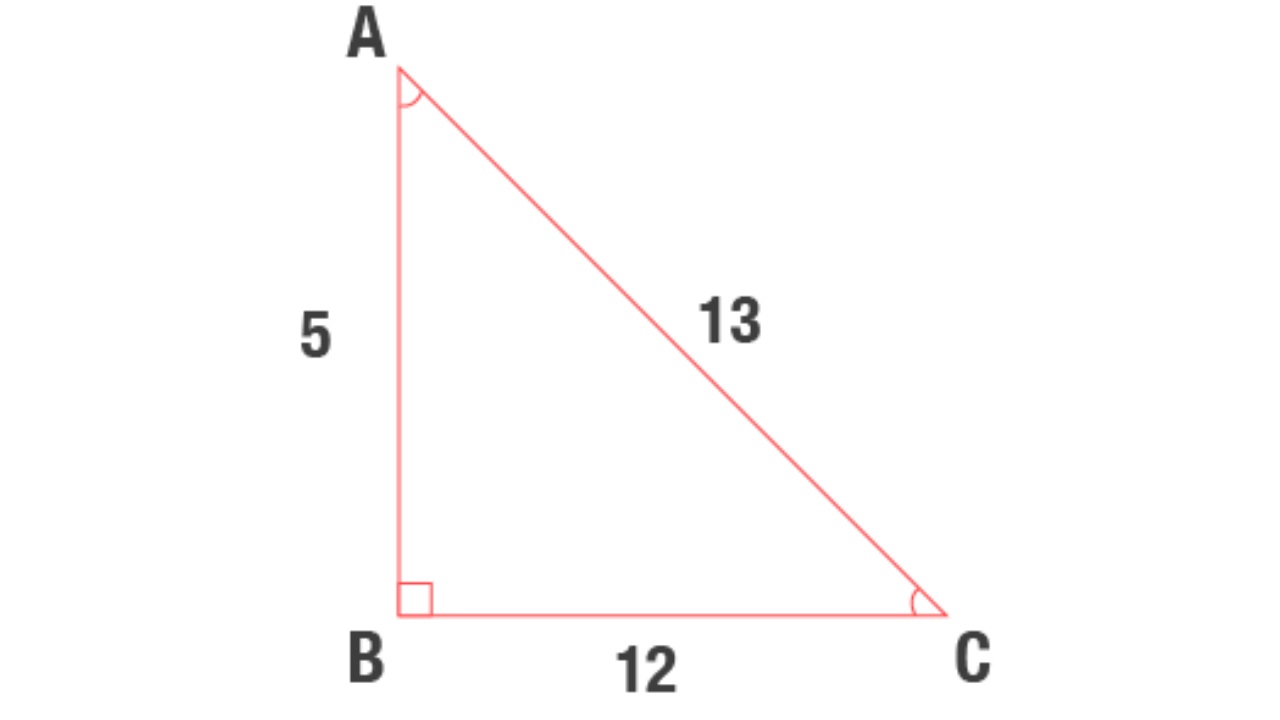
5 – 12 – 13 triangle length of one side The length of 5 and 5 is a multiple of 12, the length of one side is a multiple of 12, and the length of one side is a multiple of 13 and 13. Regardless of the length measurements, the lengths in the triangle 5 – 12 – 13 are always multiples of these numbers.
7 – 24 – 25 triangle
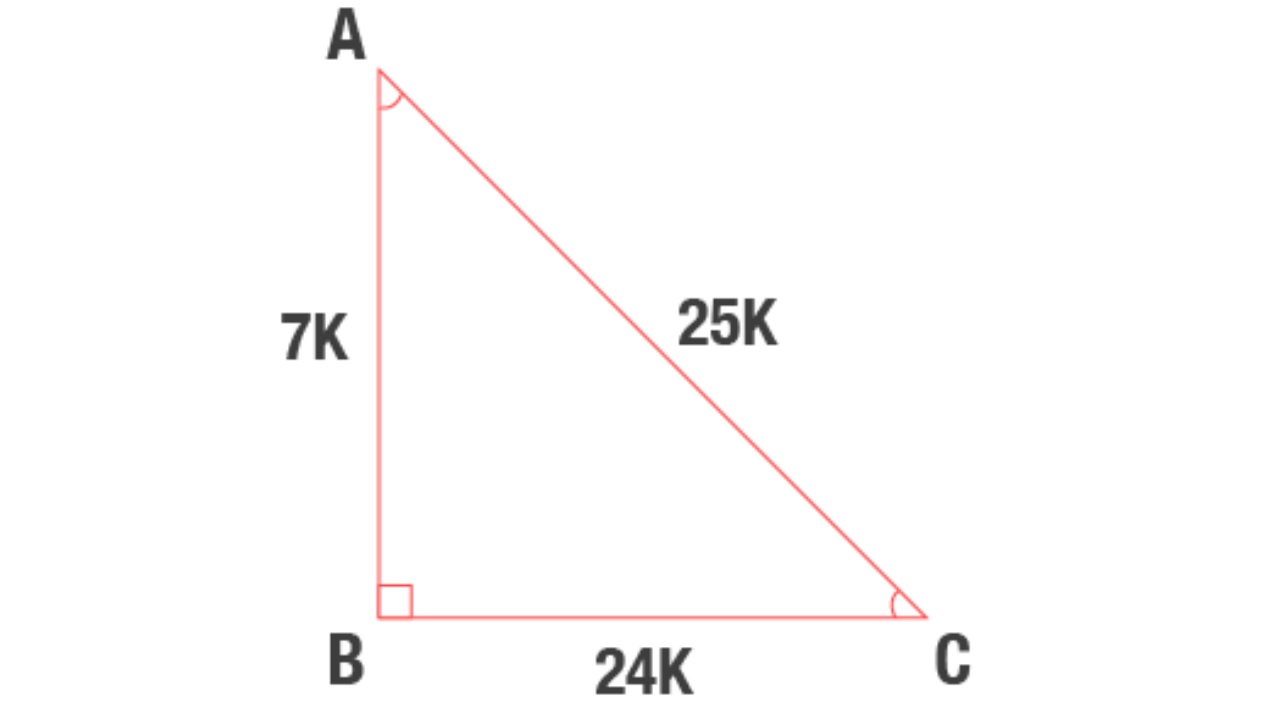
In the 7 – 24 – 25 triangle, the length of one side of the triangle is a multiple of 7 and 7, the length of one side is a multiple of 24 and 24, and the length of one side is a multiple of 25 and 25. Regardless of the length In the 7 – 24 – 25 triangle, the lengths are always multiples of these numbers.
isosceles triangle
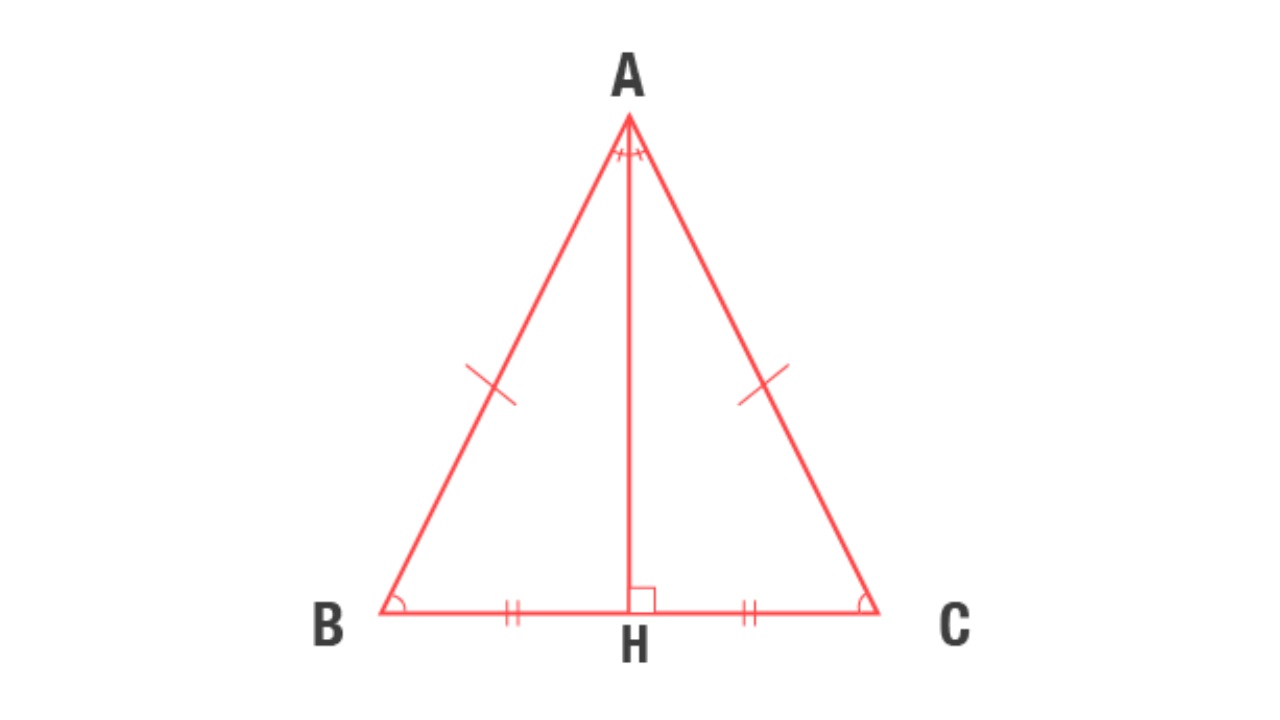
Take a triangle and lower a perpendicular so that it divides both the bisector and the median into two equal parts. Edges that appear when you calculate the results if they are equal You have an isosceles triangle in your hand. Again take a triangle and draw two parallel lines from the base to the two sides. Add up the lengths of these parallels. You will see that the result of the operation is equal to the length of one side.
Equilateral triangle
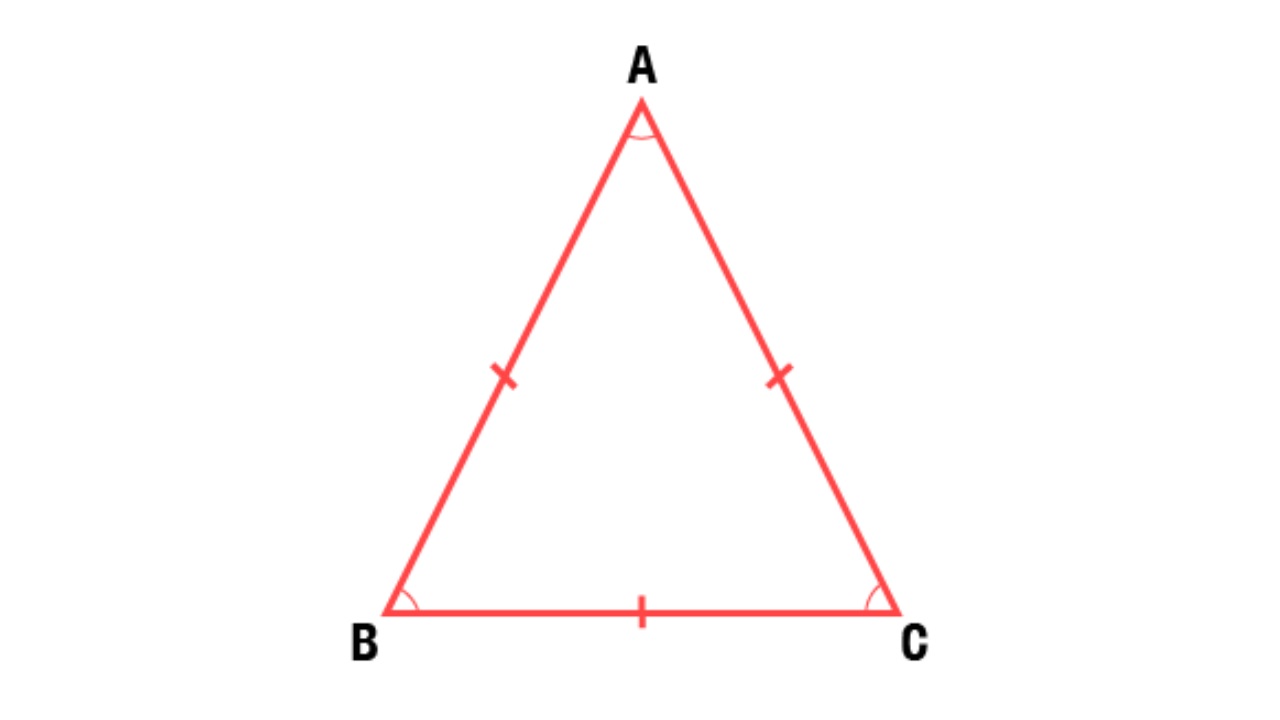
If all sides of a triangle are equal, it is called an equilateral triangle. From one corner of the equilateral triangle lowering a straight line when you create an elevation, that elevation creates both a median and a bisector.
What you need to know about triangles:
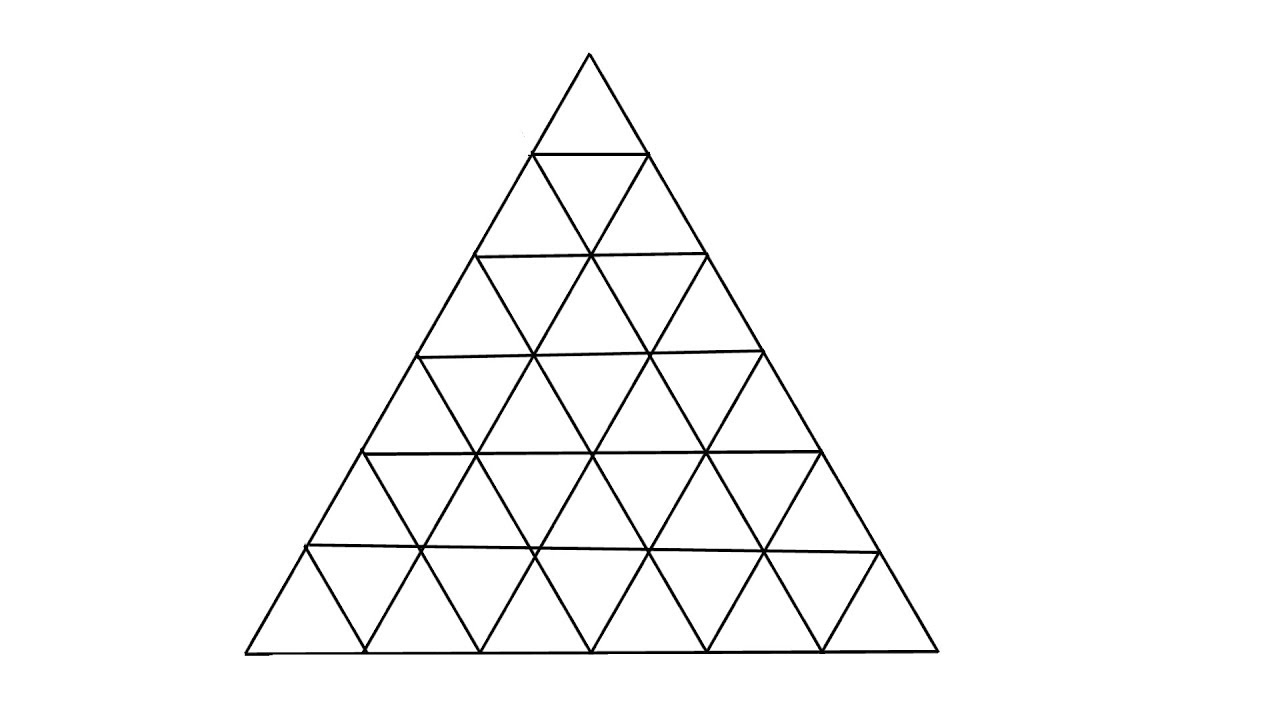
As we all memorized, the sum of the interior angles of a triangle is 180 degrees. Its vertices are called A, B, and C. When we consider triangle ABC, you draw a perpendicular tangent through the point A of this triangle and parallel to the vertices BC, the angles of the line BC will cover half of this line segment. To calculate any exterior angle of a triangle, simply add the other two interior angles that are not adjacent to that exterior angle.
The special triangles we have detailed above take different names such as equilateral triangle, isosceles triangle, equilateral triangle, acute-angled triangle, right-angled triangle, obtuse-angled triangle. There are some relations for triangle calculations. These are called by different names such as the Pythagorean theorem, the edge utilization method, the angle utilization method, the heron method, the cosine theorem, and the Euclidean relation.
In addition to basic elements such as vertex, edge, interior angle, exterior angle, degree, length, there is also a bisector and median in triangles. two different assistants exists. There are many different theorems for studying geometric shapes of different angles and lengths that triangles reveal. The most well-known among them are Ceva’s Theorem, Menelaus’s Theorem, Steward’s Theorem, and Carnot’s Theorem.
It is one of the most well-known subjects of geometry and is encountered in almost every field of life. what are special triangles By answering the question, we talked about the properties of these special triangles and the details you need to know about triangles in general.
